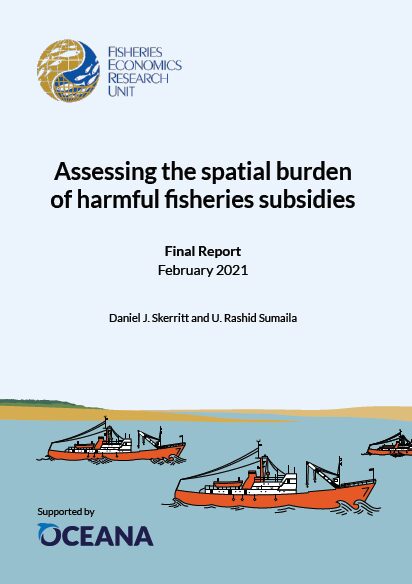Report | June, 2021
Tracking Harmful Fisheries Subsidies
For years we have known that governments subsidize fishing by their own fleets in the waters of other nations. But we did not know exactly where those dollars were destined, making it hard to determine a cumulative footprint for foreign subsidy spending in coastal state waters.
Now, researchers have mapped these subsidy flows for the first time. The top 10 providers of harmful fisheries subsidies spent more than $5.3 billion on fishing in the waters of other nations. That is more than one-third of their total harmful fisheries subsidy spending, according to a study authored by Daniel Skerritt and U. Rashid Sumaila of the University of British Columbia and supported by Oceana.
Many nations host heavily subsidized foreign fishing fleets. They do so either intentionally, through fishing agreements, or unwittingly, when unauthorized vessels enter their waters. In some low-income nations, distant-water fishing accounts for most of the catch. And distant-water fleets often receive subsidies worth 20 to 40 percent of the value of that catch, suggesting they might not be profitable otherwise.
These results mean that a large share of the world’s fishing subsidies may in effect be transferring overfishing risks from one nation to another and to the high seas—the waters beyond national jurisdiction. Negotiations over the fate of harmful fishing subsidies should seriously consider these findings.
- Press Release (English)
- Press Release (French)
- Press Release (Spanish)
- Summary (English)
- Summary (French)
- Summary (Spanish)
- Summary (Chinese)
For further information on making distant-water fishing more transparent and accountable, please visit Oceana’s Transparent Oceans Initiative.
Media contact:
Patricia Roy: patricia@communicationsinc.co.uk, +34 696 90 59 07




